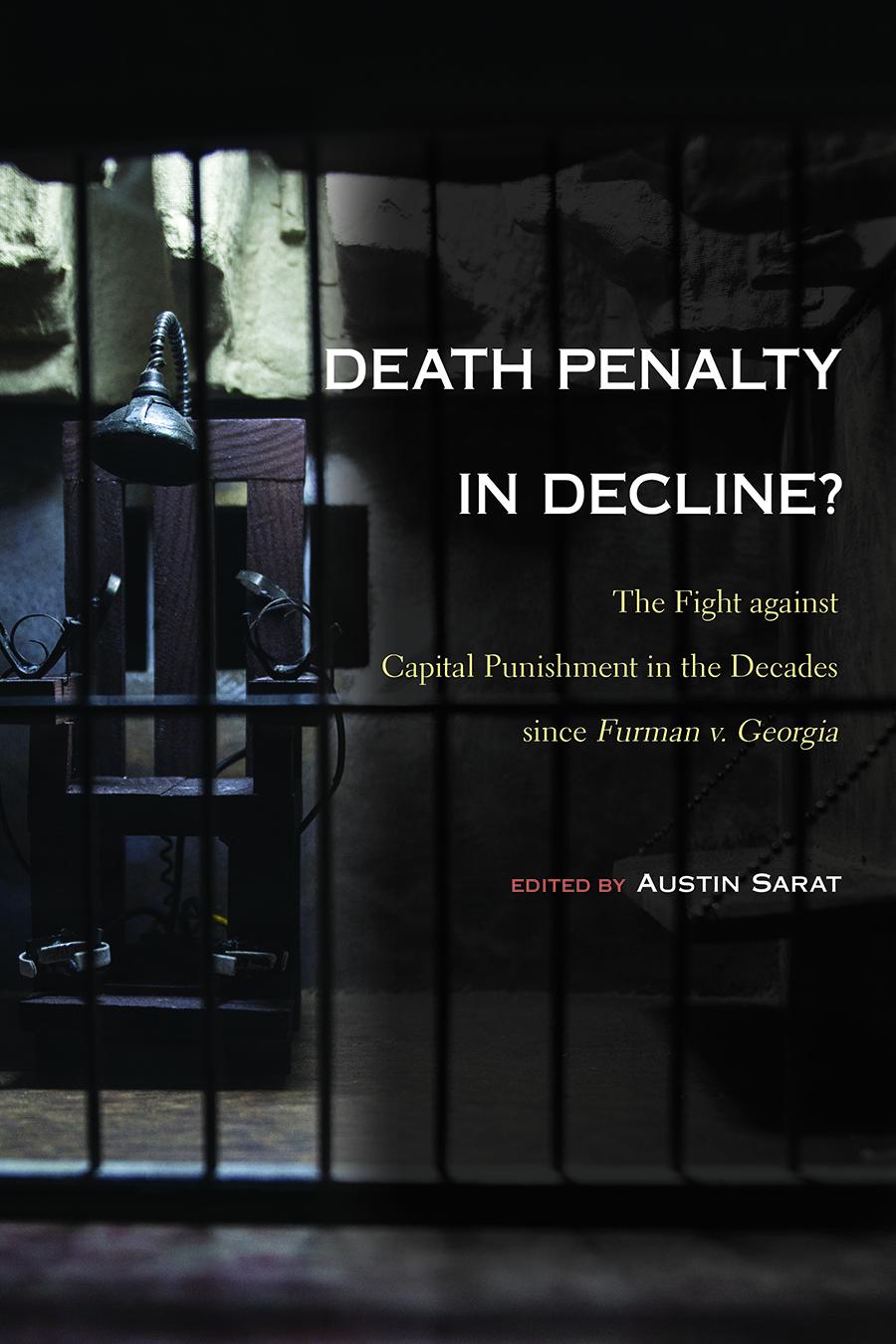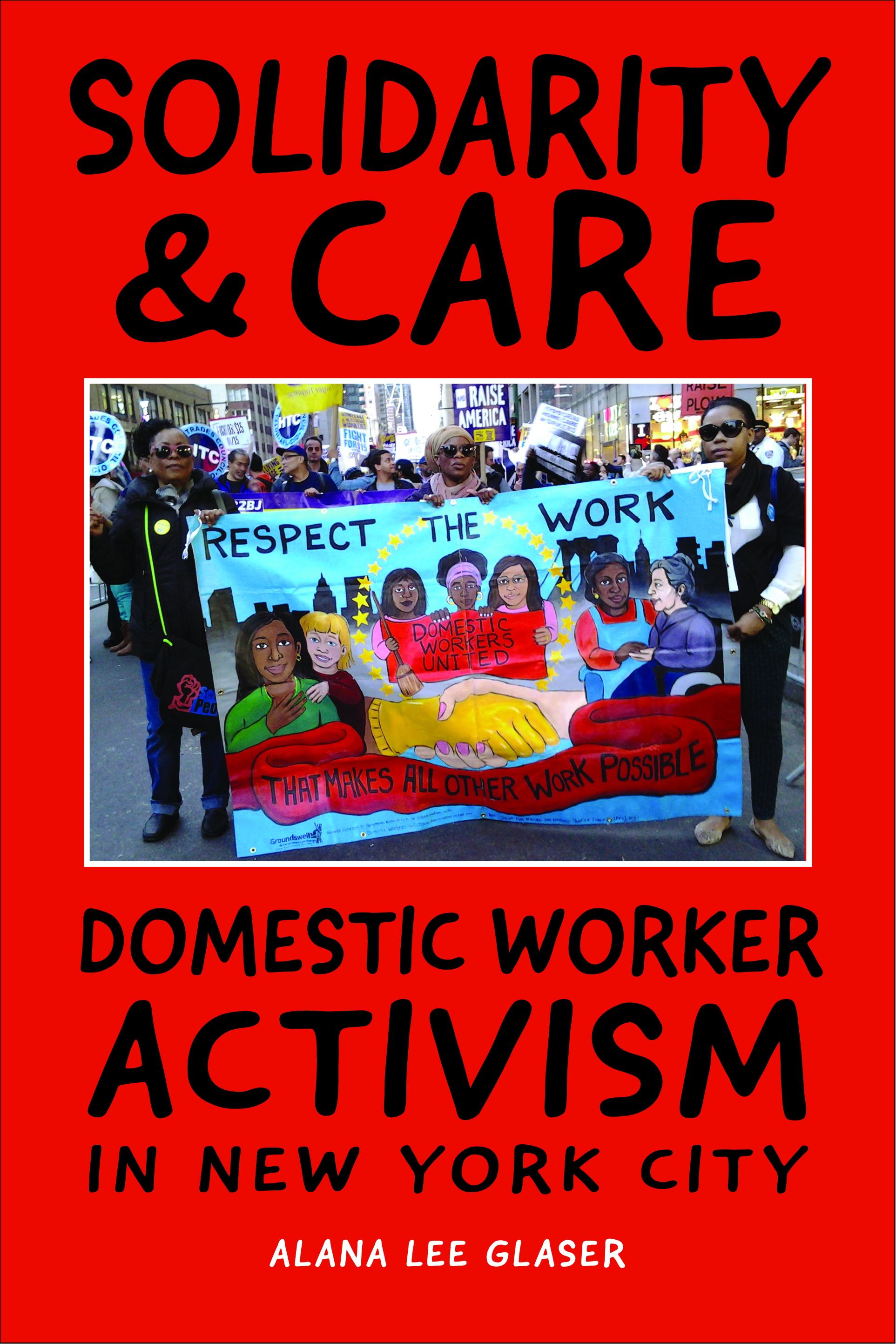This week in North Philly Notes, the staff at Temple University Press close out 2023 by suggesting the Temple University Press books they would give along with some non-Temple University Press titles they hope to receive and read this holiday season.



Will Forrest, Rights and Contracts Coordinator/Editorial Assistant
Give: I’m giving Beth Kephart’s magnificent My Life in Paper to my mother, who has had her eye on this book since she got a copy of our Fall catalog. This is a very special book, exploring the everyday paper items that populate our lives with grace and lucidity. It’s the kind of book that I look at and can’t believe that I worked on. It’s a book I would recommend even if it wasn’t from Temple.
Get: I already have too many books I need to work my way through, so I’m not asking for any more. My reading list includes Isaac Butler’s The Method: How the Twentieth Century Learned to Act, which traces the history of acting technique from Stanislavsky through to the Group Theatre and Lee Strasberg and Brando. I have always found acting books to be hard to parse, so I’m looking forward to this book giving clarity to an often obfuscated (perhaps intentionally so) world.
Shaun Vigil, Editor
Give: The Press has published so many volumes this year that warrant a place on holiday lists that it’s nearly impossible to choose just one. That said, The Collected Short Stories of Bharati Mukherjee will certainly be among those I’m gifting this year. Bringing Mukherjee’s complete short fiction under one cover for the first time, this work is sure to offer something new to readers for many years to come.
Get: This year our fellow university press colleagues at the University of New Mexico released The Official Cookbook of the Chile Pepper Institute. The breadth of recipes and chiles represented from across the world will make this an essential in my kitchen, especially in helping to keep me warm during these cold winter months.
Aaron Javsicas, Editor-in-Chief
Give: Digging in the City of Brotherly Love: Stories from Philadelphia Archaeology, Second Edition, by Rebecca Yamin. Wherever you go in Philadelphia, there’s a good chance history is sleeping beneath your feet. Rebecca Yamin wakes it up and dusts it off, revealing the remarkable stories behind once-buried bones, bowls, and privy pits. This second edition is beautifully designed with several new chapters and new color illustrations.
Get: Biography of a Phantom: A Robert Johnson Blues Odyssey, by Mack McCormick. Who doesn’t want to better understand Robert Johnson? I’m curious about this book for that reason, but also because of the questions it raises around storytelling and an author’s responsibility to both the living and the dead. The publisher’s pitch reminds me a little of tales like Hearts of Darkness: A Filmmaker’s Apocalypse in which storytellers may be consumed by the same forces they’re exploring in their work.



Stephen Bassett Gluckman, Graduate Editorial Assistant
Give: Kimberly Kattari’s Psychobilly: Subcultural Survival would be a perfect gift for more than a few people in my circle of friends and family. Kattari’s study is not only a dive into the world of Psychobilly, it’s a fascinating journey into the roots and conditions that shaped this vibrant subculture. It promises to be a thoughtful and intriguing present, one that enlightens as much as it entertains.
Get: I’m intrigued by Esther Yi’s debut novel Y/N from what I’ve heard about it. With a plot working through the concept of “fanfiction,” Yi’s novel seems to be a unique tragicomic meditation on fandom and the way we center our lives in our globalized and wired world. I hope Yi’s novel proves to be both an absurd yet nuanced reflection on identity, human connection, and their limitations in contemporary culture.
Irene Imperio, Advertising and Promotions Manager
Give: Forklore: Recipes and Tales from an American Bistro, by Ellen Yin. Celebrate cooking at home with Ellen Yin, winner of the 2023 James Beard Award for Outstanding Restaurateur. Great for aspiring chefs and home cooks in your life!
Get: Hoping for this holiday cozy mystery to wind down the year – Blackmail and Bibingka (A Tita Rosie’s Kitchen Mystery) by Mia P. Manansala
Faith Ryan, Production Assistant
Give: I would give Intimate Strangers: Shin Issei Women and Contemporary Japanese American Community, 1980-2020, by Tritia Toyota. I find immigrant stories endlessly fascinating, and this book studies a group of people—young Japanese women—who aren’t commonly showcased in such stories about the United States. Spanning forty years, right up to the modern day, this book offers so much to learn about our society past and present.
Get: I would love to receive Blood and Guts: A History of Surgery by Richard Hollingham. I’ve always been interested in history in general, and I find medical history to be an especially dramatic way to connect with the past. Exploring so many centuries of trial-and-error medical care is both a harrowing and rewarding way to trace just how far we’ve come as a civilization.



Ashley Petrucci, Senior Production Editor
Give: I would give Building a Social Contract, by Michael McCulloch, because I think people I know would be interested in the point of comparison between housing situations in the early twentieth century vs. today.
Get: I need to build up my cooking repertoire, but in a whimsical way, so I’d like to get something like The Redwall Cookbook, since that was a series I enjoyed as a kid.
Ryan Mulligan, Editor
Give: Bob Angelo’s The NFL Off-Camera. Angelo spent a career humanizing the people behind the NFL jerseys and helmets through his work at NFL Films. In his book, he reveals even more about what those players were like when the cameras were off.
Get: Colson Whitehead’s The Harlem Shuffle. Whitehead’s understated prose and alluring characters combined deftly with his insight into the antebellum context of Underground Railroad. I’m eager to see him tackle the 1960s.
Alicia Pucci, Scholarly Communications Associate
Give: The Battles of Germantown, by David W. Young. One of the many history buffs in my life would greatly enjoy learning about Philly’s historic Germantown and hearing Young’s powerful take on public history.
Get: Baking Yesteryear, by B. Dylan Hollis, would be a great addition to my kitchen’s bookshelf. I love seeing recipes from antique cookbooks. Plus, who wouldn’t want to try new things like a chocolate potato cake from 1910?



Karen Baker, Associate Director, Financial Manager
Give: I would give Color Me…Cherry & White: A Temple University Coloring Book to my grandson, because he is starting to color, and what better to color in than a Temple University inspired coloring book.
Get: I would like to receive I Can’t Make This Up: Life Lessons by Kevin Hart, because I find him really funny, and he’s a Philly guy, so that makes it even better.
Mary Rose Muccie, Director
Give: Over Thanksgiving, and a week before Henry Kissinger’s death, my nephew and I had a scarily prescient conversation about the U.S. bombing of Cambodia. When talking about the Khmer Rouge, I described the Press book, A Refugee’s American Dream: From the Killing Fields of Cambodia to the U.S. Secret Service, by Leth Oun and Joe Samuel Starnes. I’ll follow up on that conversation by giving him the book.
Get: I want to make time to read a book I already have: The Nix, by Nathan Hill. I bought it after the great New York Times and NPR reviews, and then many more, but have been daunted by its size ever since. This will be the year I tackle it!
Gary Kramer, Publicity Manager and Interim Sales Manager
Give: A friend of mine is a history buff so I’m getting him a copy of Real Philly History, Real Fast. I had a chance this year to see author Jim Murphy present his book and he was amazing. I sold out of copies. I’d hoped to see him lead a tour but it rained the day we planned. But hey, that’s a resolution for 2024!
Get: While I am not a history buff, I read about two “history” books in the New York Times that intrigued me. Aaron and I were both fascinated by Among Friends: An Illustrated Oral History of American Book Publishing and Bookselling in the 20th Century, so if anyone wants to spend the $200.00 to send us a copy, I’d share it with him when I’m done. The other title was the more affordable novel, The Sleeping Soldier, by Aster Glenn Gray, about a union soldier who “wakes up” and befriends a college student in the 1960s.
Filed under: african american studies, american studies, Anthropology, art, asian american studies, Asian Studies, civil rights, cultural studies, drama, economics/business, Education, ethics, gender studies, History, immigration, Labor Studies, law & criminology, LGBT studies, literature, Mass Media and Communications, Music, Philadelphia, philosophy, political science, race and ethnicity, racism, sexuality, sociology, sports, transnational politics, Urban Studies, women's studies | Tagged: books, gifts, publishing, Temple University Press | Leave a comment »























